Technically, the X-Road software does not set any limitations to the size of the ecosystem or the member organisations. The ecosystem may be nationwide or limited to organisations meeting specific criteria (e.g., clients of a commercial service provider). Thanks to its scalable architecture and organisational model, X-Road is exceptionally flexible, and it supports various kinds of setups:
national data exchange layer
data exchange solution for regions
data exchange within a business domain or sector
a platform for data exchange within an organisation.
National data exchange layer
National implementation is probably the most typical way to implement X-Road. In a national implementation, X-Road is implemented nationwide within a country, and the aim is to use it in data exchange between organisations across administration sectors and business domains. Typically, the ecosystem is open for all kinds of organisations – both public and private sector organisations. However, it is also possible to restrict the implementation to cover only the public sector, specific administrative sector, business domain, or a combination of these.
In addition, X-Road can be used to implement cross-border data exchange with other countries that have a national X-Road implementation. In practice, the ecosystems of different countries are connected using federation – an X-Road feature that enables connecting two X-Road environments. Federation enables member organisations of different ecosystems to exchange data as if they were members of the same ecosystem.
In a national implementation, a government agency is usually the owner of the ecosystem. The owner takes the role of the X-Road operator, who is responsible for all the aspects of the operations. The responsibilities include defining regulations and practices, accepting new members, providing support for members, and operating the central components of the X-Road software. Technical activities can be outsourced to a third party, but administrative and supervising responsibilities are carried out by the operator.
There are multiple implementations around the world where X-Road is used as a national data exchange layer. The best known national X-Road ecosystems are in Iceland, Finland, and Estonia.
Data exchange solution for regions
Regional implementation means implementing X-Road within a region or an autonomous community, such as a region, a province, or a state. In a regional implementation, X-Road is used within a region, and the scope is usually very similar to the national implementation – data exchange between organisations across administration sectors and business domains. However, the scope may be more restricted, as well. Besides, X-Road may be used to exchange data with the central government and/or other regions.
In a regional implementation, a regional agency or authority is usually the owner of the ecosystem. The owner takes the role of the X-Road operator, who is responsible for all the aspects of the operations. Some of the technical activities may be outsourced, just like in the national implementation.
As an alternative approach, the national implementation described earlier may consist of multiple regional implementations too. Every region or some of the regions within a country can have their X-Road ecosystems that are connected using federation. However, compared to a single national implementation, this approach generates more overhead since every region must manage and operate its X-Road ecosystem. Therefore, when targeting for national implementation, a single national ecosystem is recommended over multiple regional ecosystems that are connected using federation.
One example of a regional implementation can be found in Argentina. The province of Neuquén in Argentina is using X-Road as a regional data exchange platform. Also, some regions in other countries are currently considering the use of X-Road on a local level.
data exchange within a business domain or sector
In national and regional applications, X-Road is implemented within a geographic area, such as a country or a region. However, there are no restrictions on why an X-Road ecosystem could not span multiple states and/or regions as long as there’s an organisation that takes the role and responsibilities of the X-Road operator. A practical example of this kind of approach is implementing X-Road within a business domain or sector in which members are located in different countries around the world. However, X-Road could be implemented within a business domain or sector on the national level too.
The critical factor is that all members commit to following the rules and policies of the ecosystem set by the X-Road operator. In this case, the use of X-Road is based on a mutual agreement between the members of the ecosystem. In national and regional implementations, the use of X-Road is often based on a law or a regulation issued by a governmental or regional authority.
In case different business domains have their X-Road ecosystems, they can be connected using federation, which enables data exchange between member organisations of different business domains. Technically, a business domain-specific implementation can be connected to a national or regional X-Road ecosystem too.
X-Road based business domain-specific solutions have been implemented in several countries. For example, in Germany X-Road is being used to exchange healthcare data, and in Estonia, the X-Road based Estfeed platform is utilised in energy sector data exchange. Besides, Estfeed is also applied by the Data Bridge Alliance to exchange energy data on a cross-border level.
A platform for data exchange within an organisation
The primary use case for X-Road is data exchange between organisations, but there are no restrictions on why X-Road could not be used to exchange data within an organisation too. For example, a large international organisation that has branches and departments in different countries and continents may have information systems that communicate over the public internet. X-Road provides a solution to connect those systems in a standardised and secure manner guaranteeing confidentiality, integrity, and interoperability of the data exchange.
When it comes to the organisational model of X-Road, one of the departments takes the role of the X-Road operator, and other branches and departments are members of the ecosystem. In addition to connecting information systems communicating over the Internet, X-Road could be used inside a private network of an organisation too.
One example of corporate use of X-Road can be found in Japan. A major Japanese gas company uses an X-Road based solution to exchange data between its different organisation units. Another interesting approach to corporate use is building a commercial product on top of X-Road. Since X-Road is open source and licensed under the permissive MIT license, it can also be used in commercial closed source products too. For example, Planetway, a Japanese-Estonian company, has built its PlanetCross platform using X-Road.
For clarity, X-Road is not a service mesh platform for microservices, such as Istio. X-Road is meant for data exchange between information systems over the public Internet, and service mesh platforms are used as a communication layer between different microservices in a microservices architecture. The high-level capabilities that X-Road and many service mesh solutions provide may seem very similar. Still, the way they have been implemented is optimised for very different use cases. Therefore, X-Road is not to be mixed with service mesh solutions.

